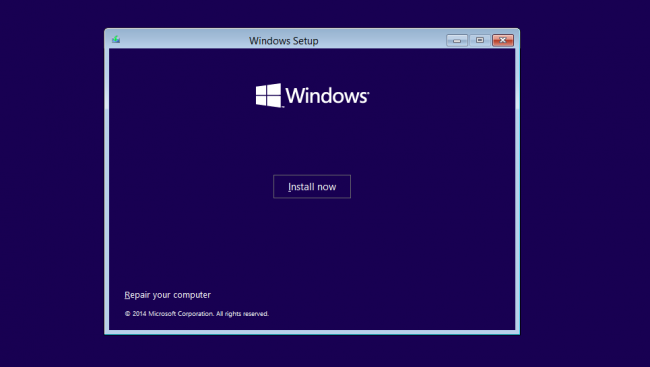
 |
Windows 11 FAQ |
Updated: 05 July 2025
1. What do I need to do before upgrading to Windows 11?
a) Backup your data. You can use your own backup tools (Acronis, Paragon Drive Copy) but make sure that the backup tool works in Windows 11 as well. You can also use the Laplink tool or to transfer your documents and settings to another machine. Another alternative is just to burn your documents and settings directly to CD or DVD or copy them to an external storage device such as an external hard disk, USB stick or network storage.
b) Check your Hardware configuration. Make sure that your hardware is up to date and compatible with Windows 11. Some very old hardware may need changing to allow it to work on Windows 11. If there are too many parts to change, then consider buying a new PC with Windows 11 instead.
c) Check your Software is compatible. Most recent programs will work, but you should check on the manufacturer's web site to see whether it will work on Windows 11. If unsure about compatibility, download and read the System Specificiations. Any incompatible software should be uninstalled at this stage.
The requirements for Windows 11 are:
d) Check Hard disk space. You need plenty of free disk space to upgrade an existing Windows installation to Windows 10. If you do not have enough disk space, then consider doing a 'clean install' which means erasing your hard disk and install Windows 11 on to an empty hard disk.
2. How do I do an Upgrade to Windows 11?
a) Purchase Windows 11. download Installation Assistant or Windows Media Tool and create bootable media onto either DVD or USB drive.
b) Boot your PC and wait for the desktop to appear, if prompted login as well.
c) Insert the Windows 11 DVD and allow Setup.exe to run. You can only upgrade from Windows 10 build 2004 to Windows 11. Select 'Install now' on the menu. Note that it is not possible to upgrade from a Windows 32 bit OS to a Windows 64 bit OS. See F.A.Q for more details.

d) If you get a Windows 11 is incompatible with your machine, recheck your PC configuration: CPU , Hard drive (is it set to GPT and UEFI only in BIOS), RAM, TPM enabled etc.
e) After the install starts follow the prompts. See these step by step instructions.
f) Once installed, you will need to activate your Windows installation. You can do this with by opening Settings, Update & Security, Activation. Open the Microsoft Store (see Start menu),
select option to purchase a license. You can do this via Microsoft Store from the start menu.
3. How do I do a clean install of Windows 11?
a) You will need to boot from the Windows 11 DVD or USB device.
If booting from DVD, make sure that you change the boot order in the BIOS so that the CD/DVD drive appears first in the list (how this is done differs between Bioses).
b) After the initial setup, the hard disk partition screen will appear, at this stage you should delete the existing partition(s) and create a new fresh partition to do a clean installation. This will erase all existing programs and data from the hard disk. If you choose to use the existing partitions, then it will overwrite the existing operating system files, but keep program files intact (these programs may need a reinstall after Windows is reinstalled as some settings may be lost).
c) Follow the remaining instructions on screen to complete the install.
4. How do I change to a different edition of Windows 11?
There are a few editions of Windows 11 from Home, Professional, and Enterprise. You can upgrade from a lower edition to a new edition using the Windows Upgrade Assistant or just visit Windows.com. Use the wizard to select the edition you want, purchase a new product key and enable the new features of the new edition. Check out this list to see the differences between the editions.
5. Can I prevent any forced upgrades to Windows 11?
Currently there is no notification or forced upgrade to Windows 11 at present. You can install it at any time or not.
6. What are the main causes of upgrade failures?
An upgrade to Windows 11 (or any previous version) can fail for any number of reasons:
a) Hardware does not meet the minimum requirements for new version of Windows.
b) Old and/or non-signed drivers installed. You can very drivers signatures using DxDiag and File Signature Verification (sigverif) tools.
c) Lack of hard disk space or hard disk has errors.
d) Old security or encryption software installed.
e) Old application software. Some software older than Windows 8 or even Windows 7 may not work on Windows 11.
7. Where can I try out the latest features of Windows 11 ?
You can join the Windows Insider programme to try out different upcoming releases of Windows 11:
a) The Canary Channel
b) The Dev Channel
c) The Beta Channel
8. How do I upgrade to the next yearly release of Windows 11?
Microsoft provides a big update almost every year, and the next one will be 25H2 which will be release in the second half of 2025.
It can be installed via Settings, Windows Update.